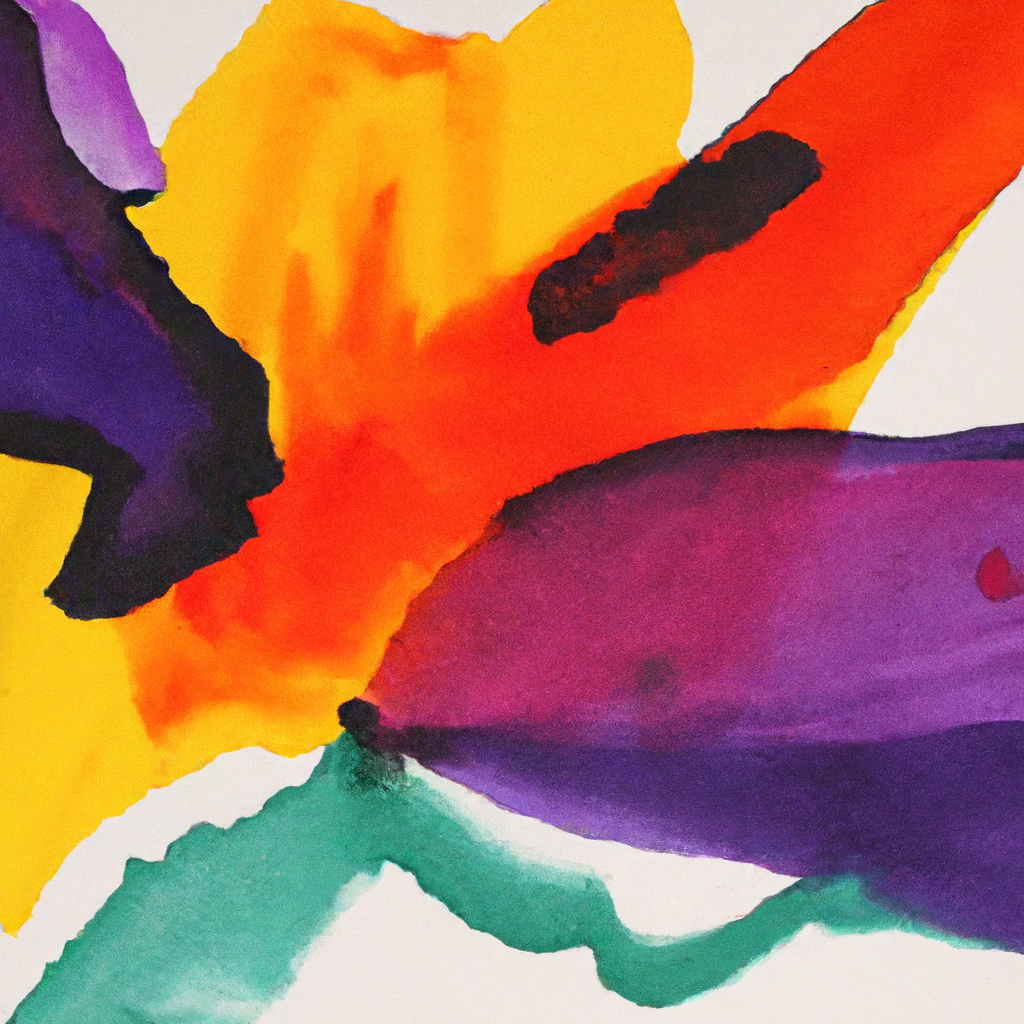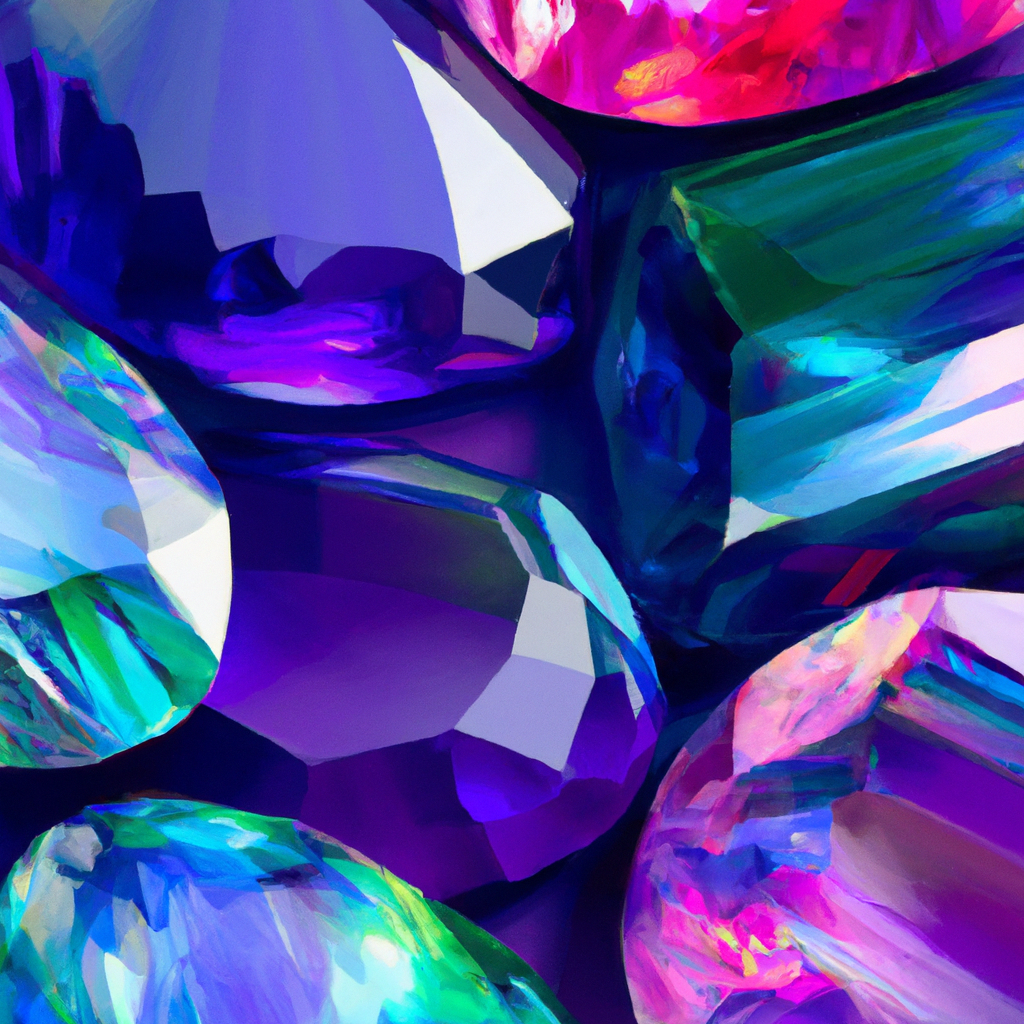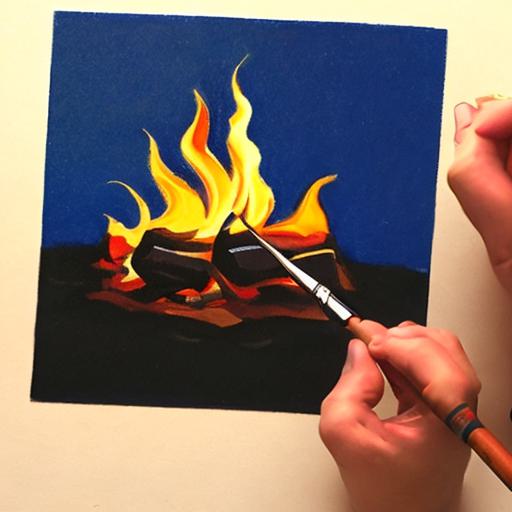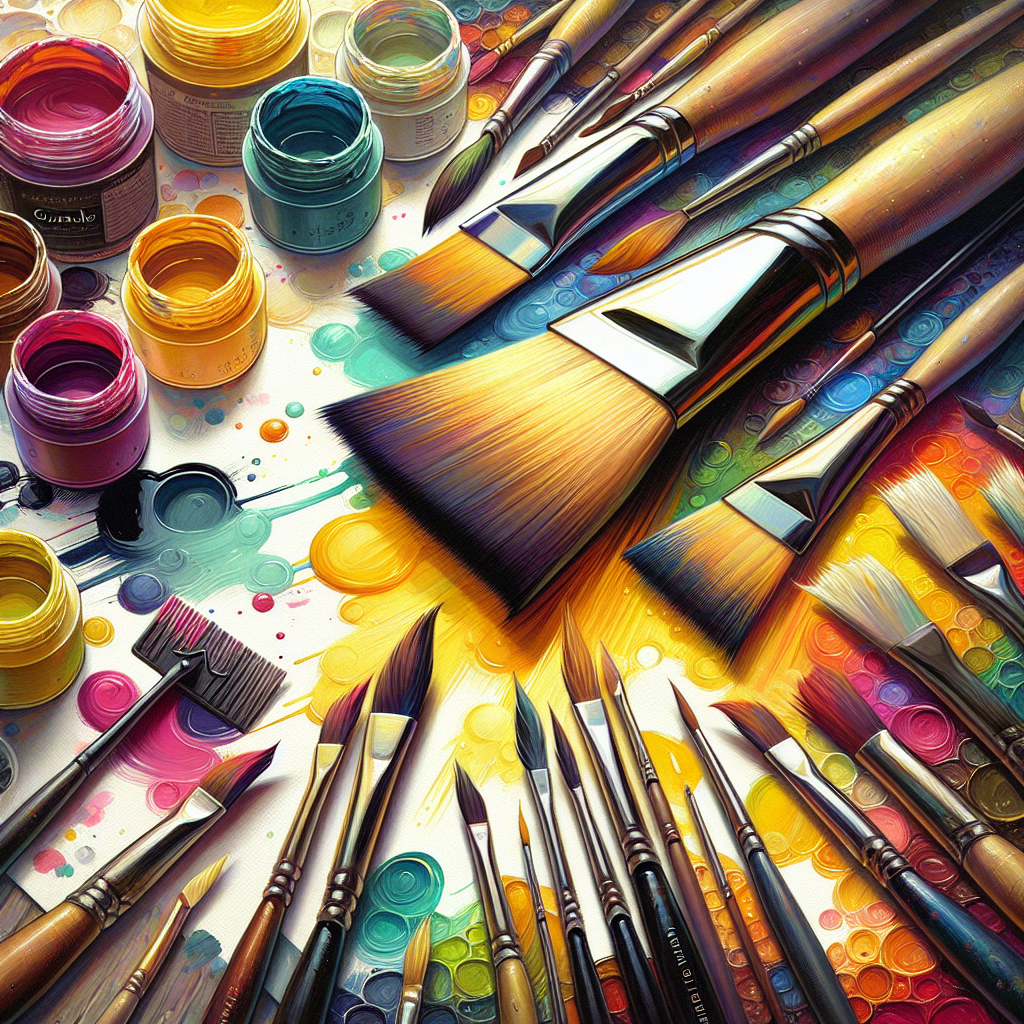In this article, we will explore the art of blending colors using Gouache paint. Gouache paint is a versatile medium that allows for vibrant, opaque colors and smooth blending techniques. Whether you are an experienced artist or just starting out, mastering the art of color blending can elevate your artwork to new levels. By understanding the properties of Gouache paint and employing various blending techniques, you can create stunning and harmonious color transitions in your paintings. So, let us dive into the world of Gouache and unravel the secrets of masterful color blending.
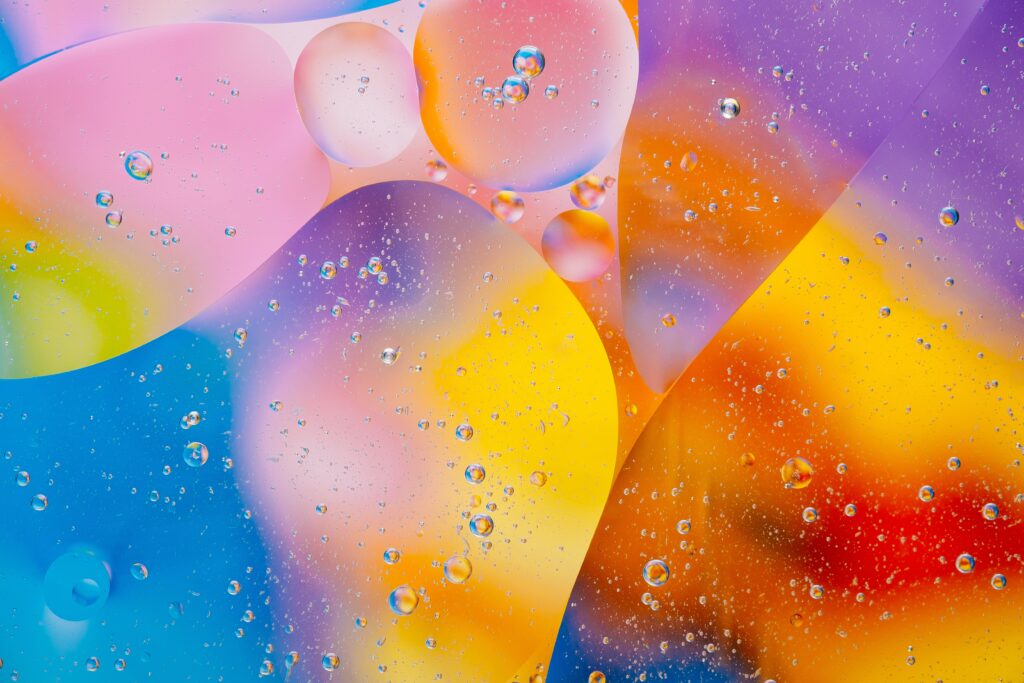
This image is property of images.unsplash.com.
Understanding Gouache Paint
What is gouache paint?
Gouache paint is a type of water-based paint that is opaque and dries to a matte finish. It is made from a mixture of pigment, water, and a binding agent, usually gum arabic. Gouache has been used by artists for centuries and is known for its vibrant and rich colors. It is often used in illustration, design, and fine art.
Characteristics of gouache paint
Gouache paint has several unique characteristics that make it different from other types of paints. Firstly, it is opaque, which means that it can cover underlying colors completely. This makes it ideal for creating bold and vibrant artworks. Additionally, gouache paint has a quick drying time, allowing for faster layering and blending techniques. It can also be reactivated with water even after it has dried, making it versatile and easy to work with. Gouache paint is available in tubes or pans and can be diluted with water to create different levels of opacity and transparency.
Preparation and Mixing
Choosing the right materials
Before starting your gouache painting, it is essential to choose the right materials. Opt for high-quality gouache paints made by reputable brands, as they offer better pigmentation and color intensity. Additionally, invest in a variety of brushes suitable for gouache painting. Brushes with synthetic bristles are commonly used as they are durable and can hold a significant amount of paint. For mixing colors, a ceramic palette or a mixing tray with wells is recommended.
Preparing your workspace
Creating a suitable workspace is crucial for a smooth painting experience. Ensure that you have a clean and well-lit area to work in. Lay down a protective covering, such as a plastic sheet or an old towel, to protect your workspace from any accidental spills or splatters. Organize your materials within easy reach, including your paints, brushes, water, and palette. This will save time and make the painting process more enjoyable.
Mixing a basic color palette
To begin blending colors with gouache paint, it is essential to have a basic color palette. Start by selecting primary colors, such as yellow, red, and blue, as well as white. These primary colors can be used to mix secondary colors, such as green, orange, and purple. Additionally, you can mix varying amounts of white to achieve different shades and tints. Experiment with different color combinations to understand how they interact and complement each other.
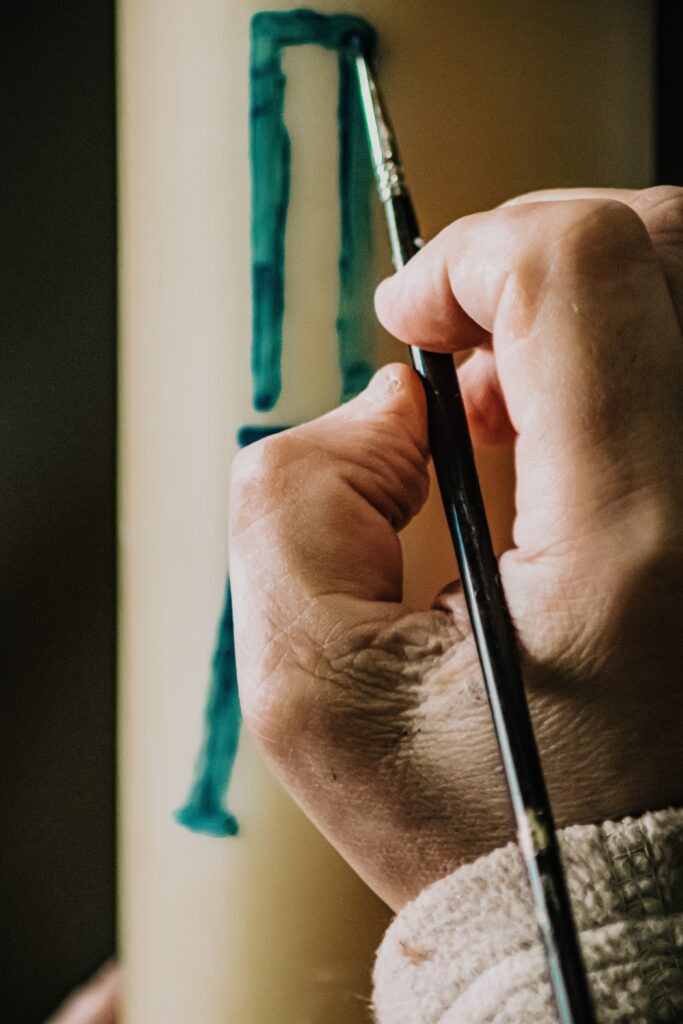
This image is property of images.unsplash.com.
Basic Blending Techniques
Wet-on-wet technique
The wet-on-wet technique involves applying wet paint onto a wet surface. This creates a blended and soft effect. To achieve this, wet your brush with clean water and then dip it into the desired color. Apply the wet paint onto a wet section of your paper or surface. The colors will naturally blend together and create a seamless transition. This technique is excellent for creating atmospheric effects or smooth gradient backgrounds.
Layering technique
Layering is a fundamental blending technique in gouache painting. It involves building up multiple layers of paint to create depth and richness in colors. Start with a base layer of paint and allow it to dry completely. Then, gradually add additional layers of paint, allowing each layer to dry before adding the next. This technique allows you to create intricate details and subtle color variations.
Gradated washes
Gradated washes are used to create smooth and gradual transitions between two or more colors. Start by applying a light wash of one color and allow it to dry. Then, apply a darker wash of another color next to the first wash. Blend the two colors together where they meet using a clean brush or a damp brush. This technique is commonly used for creating gradients in the sky, landscapes, and other areas where smooth transitions are desired.
Color Theory
Understanding the color wheel
Understanding the color wheel is crucial for effectively blending colors with gouache paint. The color wheel is a visual representation of the spectrum of colors, organized in a circular format. It consists of primary colors (red, blue, and yellow), secondary colors (orange, green, and purple), and tertiary colors (combinations of primary and secondary colors). By referring to the color wheel, you can identify complementary colors, analogous colors, and other color relationships that will enhance your blending techniques.
Primary, secondary, and tertiary colors
The primary colors in gouache paint are red, blue, and yellow. These colors cannot be created by mixing other colors and are used to create all other colors. Secondary colors, such as orange, green, and purple, are created by mixing two primary colors. Tertiary colors are created by mixing a primary color with a secondary color. Understanding these color relationships will help you mix and blend colors more effectively.
Contrasting and complementary colors
Contrasting and complementary colors are key concepts in color theory that can enhance your blending techniques. Contrasting colors are positioned opposite each other on the color wheel, such as red and green or blue and orange. When placed next to each other, they create a visually striking effect. Complementary colors are pairs of colors that, when mixed together, create a neutral gray or brown. Utilizing contrasting and complementary colors in your blends can add depth and visual interest to your artwork.

This image is property of images.unsplash.com.
Color Mixing Techniques
Tonal variation
Tonal variation refers to the subtle differences in value within a single color. By mixing different amounts of white or black into a color, you can create tonal variation. This technique is useful for adding depth and dimension to your paintings. Experiment with mixing varying amounts of white or black into your colors to create highlights, shadows, and mid-tones.
Achieving smooth transitions
To achieve smooth transitions between colors, it is essential to blend them together seamlessly. Start by applying one color onto your surface, and while it is still wet, layer another color on top. Use a clean brush or a damp brush to blend the colors together gently. Gradually build up the layers, allowing each layer to dry before adding the next. This will result in a smooth and gradual transition between the colors.
Creating tints and shades
Tints and shades are created by adding white or black to a color, respectively. Tints are lighter versions of a color, while shades are darker versions. To create a tint, mix a small amount of white into your desired color until you achieve the desired level of lightness. To create a shade, mix a small amount of black into your desired color until you achieve the desired level of darkness. Tints and shades can add depth and dimension to your blends.
Blending Techniques for Specific Effects
Creating gradients
Gradients are a popular blending technique used to create smooth transitions between two or more colors. Start by applying one color at the top of your surface, then gradually add another color at the bottom. Using a clean brush or a damp brush, blend the colors together by gently dragging the brush from top to bottom. This technique is commonly used in backgrounds, skies, and other areas where a gradual color change is desired.
Simulating textures
Gouache paint can be used to simulate various textures, such as wood grain, fabric, or foliage. To create textures, use a dry brush or a toothbrush loaded with paint and lightly flick it onto your surface. This will create a speckled or textured effect. Alternatively, you can use a palette knife to create textured marks or patterns. Experiment with different tools and techniques to achieve the desired texture in your artwork.
Achieving transparency and opacity
Gouache paint is known for its opacity, but it can also be utilized to achieve transparency. To create transparency, dilute the paint with water and apply it in thin washes. This will allow the underlying layers to show through, creating a transparent effect. For opacity, apply the paint more densely and use less water. Adjusting the amount of water in your paint mixture will allow you to control the level of transparency or opacity in your blends.

Tools and Brushes
Choosing the right brushes for blending
Choosing the right brushes for blending is essential for achieving the desired effects in your gouache paintings. Opt for brushes with soft and synthetic bristles, as they are better suited for gouache paint. Round brushes are versatile and can be used for both fine details and broader strokes. Flat brushes are ideal for larger areas and creating sharp lines. Experiment with different brush shapes and sizes to discover which ones work best for your blending techniques.
Specialty tools for specific effects
In addition to brushes, there are various specialty tools that can be used to create specific effects in gouache painting. Some of these tools include palette knives, sponges, and toothbrushes. Palette knives can be used to create textured marks, while sponges can be used to apply paint in a more uneven or mottled manner. Toothbrushes can create spatter or speckled effects. Incorporating these specialty tools into your painting practice can add variety and visual interest to your blends.
Maintaining and cleaning your brushes
Proper maintenance and cleaning of your brushes are essential for their longevity and optimal performance. After each painting session, rinse your brushes thoroughly with water to remove any excess paint. Gently reshape the bristles and allow them to air dry. Avoid leaving brushes soaking in water or resting on their bristles, as this can cause damage. Additionally, periodically clean your brushes with mild soap and water to remove any residual paint or buildup. Proper care of your brushes will ensure that they continue to produce smooth and precise blends.
Practicing Color Blending
Color exercises for beginners
If you are new to gouache painting or blending colors, it is beneficial to practice color exercises to refine your skills. Start by selecting a limited color palette and practice blending different combinations of colors together. Experiment with different blending techniques, such as wet-on-wet or layering, to understand their effects. Additionally, try creating color gradients and practicing blending techniques on different surfaces or papers. These exercises will help you develop a better understanding of color mixing and blending with gouache paint.
Experimenting with color combinations
Color blending is all about exploring and experimenting with different color combinations. Challenge yourself to create unique and unexpected blends by mixing complementary or contrasting colors together. Use the color wheel as a reference and explore how different color relationships influence the overall appearance of your blends. Allow yourself to be creative and open to new color combinations to discover exciting and harmonious results.
Analyzing and replicating color blends from references
A helpful exercise in improving your color blending skills is to analyze and replicate color blends from references. Find images or artworks that showcase beautiful color blends and study them closely. Identify the colors used and observe how they are blended together. Practice replicating these color blends by mixing and layering the colors on your own surface. This will help you develop a trained eye for color blending and provide inspiration for your own creative work.

Tips and Tricks
Start with a limited color palette
When starting out with color blending in gouache paint, it is advisable to begin with a limited color palette. Working with a limited number of colors allows you to focus on understanding their properties and how they interact with one another. It also encourages experimentation and creativity within a more controlled framework. As you become more comfortable with blending colors, you can expand your palette to include a wider range of hues.
Practice color value studies
Color value studies involve exploring the different tonal values of colors without considering their specific hue. This exercise helps develop an understanding of light and shadow, as well as the importance of tonal contrast in creating depth and dimension in artwork. Choose a value scale, such as grayscale, and practice blending the same color at varying levels of lightness and darkness. This will improve your overall understanding of color values and assist in creating more realistic blends.
Mix small amounts of paint at a time
Gouache paint can dry quickly, so it is advisable to mix small amounts of paint at a time to avoid wastage. Start with a small portion of each color and mix additional paint as needed. This not only reduces the likelihood of your paints drying out before you can use them but also allows you to adjust and refine your color mixes more easily. It is better to mix small amounts frequently than to mix a large batch that may go to waste.
Troubleshooting
Dealing with muddy colors
Muddy colors can occur when colors are overmixed or when complementary colors are mixed together in equal amounts. To avoid muddy colors, it is important to mix colors gradually and thoughtfully. If your colors become muddy, stop mixing and allow them to dry completely. Once dry, you can add a thin wash of a transparent color over the muddy area to restore the desired intensity and clarity.
Correcting mistakes
Mistakes are a natural part of the creative process, and blending colors with gouache paint is no exception. If you make a mistake or are unhappy with a particular blend, don’t panic. Gouache paint can be easily corrected by applying a layer of opaque paint over the undesired area. Once dry, you can then proceed to blend or correct the area as needed. Remember, mistakes can be opportunities for learning and experimentation.
Overcoming challenges in blending
Blending colors can sometimes pose challenges, especially when striving for seamless transitions or specific effects. One common challenge is achieving smooth gradients. To overcome this, practice layering multiple thin washes of paint, allowing each layer to dry before applying the next. Another challenge may be achieving the desired opacity or transparency. Adjust the amount of water used in your paint mixture to control the opacity, or layer multiple washes to create transparency. Remember, practice and experimentation are key to overcoming any challenges in blending with gouache paint.
